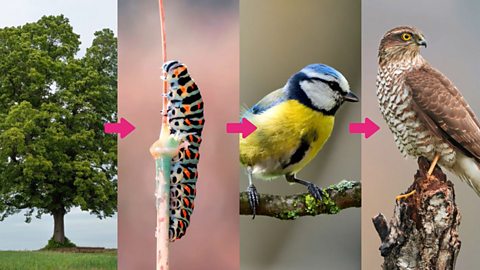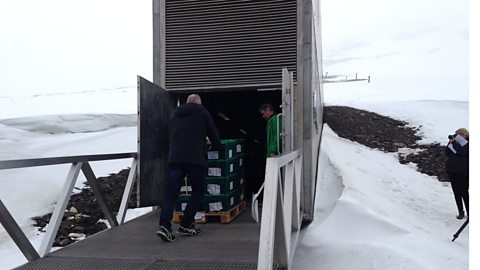Key points
- Biodiversity is a measure of the range of living organisms within a habitat.
- A gene pool is the range of DNA in a species.
- Biodiversity can be maintained by conservation, preservation and gene banks.
Biodiversity
biodiversityA measure of the range of living organisms within a habitat. is a measure of the range of living organisms within a habitatThe place where an organism lives.. Some habitats like mature woodlands, and in particular rainforests, have a huge range of speciesA group of organisms that can interbreed to have fertile offspring. and so are very biodiverse. Other places like the polar regions and deserts have far fewer species and so are less biodiverse. If the conditions in these places are beyond the range for most living organisms they are called extreme environmentsLocations where life exists outside of the normal range of conditions. Examples include deserts, mountain tops, the polar regions and bottoms of seas and oceans..
Conservation
conservationThe process that preserves and protects organisms and their habitats and so maintains biodiversity. preserves and protects organisms and their habitats, and so maintains biodiversity. It is important to conserve the variety of living organisms on Earth. There are moral and cultural reasons for conserving endangered species. Conservation also:
- Maintains the future possibility that plant species might be identified for medicines
- Reduces disruption to food chains and food webs
- Protects our future food supply
- Reduces the risk of a particular species becoming extinct
Conservation includes protecting biodiverse areas like rainforests, replanting trees, protecting endangered species Organisms that have such low numbers that they are at risk of becoming extinct. and reducing the use of fossil fuels to limit global warming.
Invasive species are those that are not native to that area. For example, the grey squirrel was introduced to the UK from North America and has now pushed the smaller, native red squirrel to the edges of the UK.
Conservation programmes are now in place to protect red squirrels which include planting woodland and monitoring squirrel diseases. Invasive species such as the grey squirrel are sometimes culled to reduce their impact.
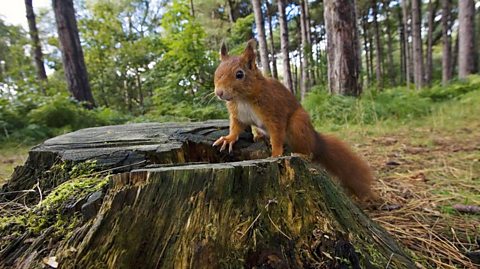

Did you know?
You can help conservation by reducing, recycling and reusing. Small changes can lead to a more sustainable life and help conservation. These can include reducing water and plastic use, reducing food waste and eating locally-grown food.

Extinction
Some species have become extinct in the wild and now only live in zoos, or their numbers have greatly reduced. Captive breeding programmes are undertaken by scientists to breed more of these organisms to release into the wild.
The advantages of captive breeding include:
- Creation of a stable, healthy population of species.
- The organisms are gradually re-introduced into their natural habitat.
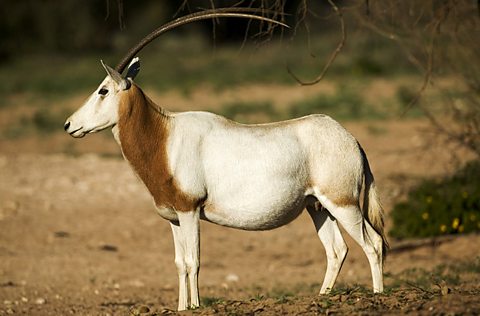
For example, the Scimitar oryx was extinct in the wild in 2000, but a herd of 21 were bred and released into Chad in north Africa in 2016. The first offspring were born a year later.
However captive breeding also has disadvantages, including:
- Only a small number of breeding partners are available.
- Organisms born in captivity may not be able to live in the wild. For example, predators bred in captivity may not know how to hunt for food.

Reducing biodiversity
Most habitats support stable numbers of species. The numbers do increase or decrease naturally, but the impact that humans are having on these habitats is a much greater cause for concern than natural fluctuation. Biodiversity is being reduced by:
- Global warming as a result of the greenhouse effect from the use of fossil fuels.
- Cutting down trees - deforestation - for timber or to create farmland.
- Building bigger towns and cities with more roads - urban development.
- Producing more waste and pollution.
- The use of chemical pesticides.
- Over-fishing.
Gene pools
variationSmall changes in living organisms. are the slight changes in some organisms of the same species. Many of these differences are caused by different genetic information (DNAThe store of genetic information for all living things, passed from parents to offspring.). The range of DNA in a species is called the gene poolThe range of DNA in a species. A wide gene pool is important so that species can easily adapt to changes.. The wider the gene pool, the more likely it is to survive.
These tiny differences often give some organisms advantages. This makes it more likely that they will survive and have offspring with these same features. When this process gives rise to new species of organisms it is called evolutionThe process by which small changes in organisms occur over long periods of time and new species are formed..
Evolution is a slow process, usually taking many generations. Extinction occurs when all organisms of a species die out. This may be because the organisms were not able to adapt to changing conditions fast enough.
Seed banks and gene banks
If a plant species is endangered and therefore close to extinction, it is important to take measures to conserve it. Seed banks are a conservation measure for plants - they are buildings in which seeds are stored so that new plants may be grown in the future, even if naturally the plants are extinct. This will help to maintain biodiversity.
In a seed bank on the remote Svalbard Island off the coast of Norway, seeds from around one million different plants are stored at -18Ā°C.
Seed banks are an example of a gene bank. Gene banks are used to preserve genetic material for use in the future. A cryobank is another type of gene bank. embryoA bundle of several hundred cells that has developed from a fertilised ovum., sperm or ova (egg cells) from animals are stored at very low temperatures in liquid nitrogen. They can be thawed out later for use in breeding programmes.
Test your knowledge
Play the Atomic Labs game! gamePlay the Atomic Labs game!
Try out practical experiments in this KS3 science game.

More on Ecosystems and habitats
Find out more by working through a topic
- count1 of 7
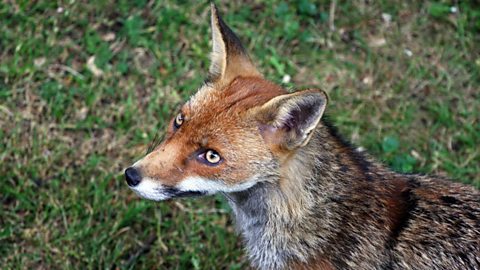
- count2 of 7
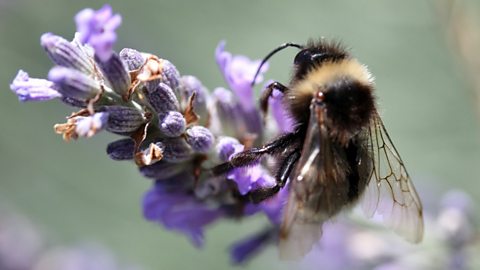
- count3 of 7
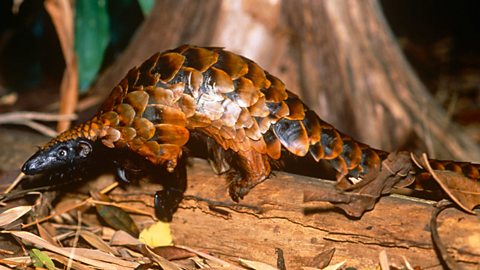
- count4 of 7
